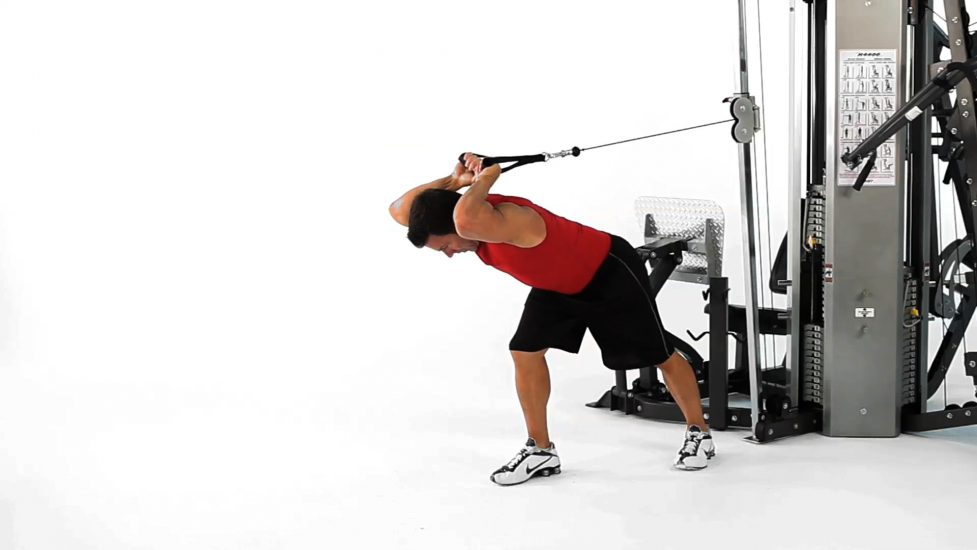
If you were told to go and perform a set of lateral raises, chances are you would head straight to the dumbbells. Free weight exercises, using barbells and dumbbells, have always commonly been the backbone of training routines geared towards building muscle mass. This formula has been proven effective over many decades, and is unlikely to change any time soon. But, as we know, a lot of exercises which can be performed with a barbell or a set of dumbbells can also be performed using a cable. So, are there any advantages of cable exercises compared to their free weight counterparts?
There are a fair few exercises which can be performed using a cable system, and with a multitude of attachments to choose from to alter the grip, the variety of choice is further enhanced. Take the seated cable row as an example, the exercise can be performed with a wide bar, short bar, row bar, rope attachment, or single handles to perform the movement unilaterally. Whilst the free weight row can be performed with a variety of grips, the nature of executing the row seated, due to the cable system, allows for greater form during these many variations. Range of motion of many exercises can also be enhanced, such as when using the rope attachment.
Furthermore, the relative resistance to the target muscle differs during dumbbell exercises in comparison to cable exercises. Using the barbell curl and cable curl as examples, each cause a variation of relative resistance to the biceps during the full range of motion. The barbell curls resistance is a result of the gravitational pull of the barbell towards the floor. The relative resistance to the biceps therefore increases until the arm reaches a 90 degree bend, at this point the resistance to the biceps is at its peak, with the relative resistance ever decreasing as the barbell passes 90 degrees towards the shoulders. The same applies on the eccentric phrase of the exercise. The relative resistance applied to the biceps during the cable curl differs, however. The resistance is a result of the cable pulling the weight stack, which follows a set vertical motion. Whilst the relative resistance also depends on the angle of the cable during the execution of the exercise, the variations in resistance for the biceps is much more consent and continuous in comparison to the barbell curl.
Performing exercises using a cable system can also prove more efficient in some situations. If you wish to perform drop sets, or find the resistance of the exercise is too excessive or too light, it is easy to change the resistance. Some free weight exercises do not offer the same ease and flexibility, and performing drop sets can result in frequent dashes to the dumbbell rack, or hogging most of the dumbbells!
I have no doubt there are an equal number of disadvantages of performing cable exercises instead of their free weight alternatives, and free weight exercises using dumbbells and barbells have a proven track record. It may be foolish to totally eliminate cable exercises from your routine, however, with there being clear advantages for their use. With most things in fitness and exercise, variety is the key.
Do you use many cable exercises, and how do you compare them to their free weight alternatives? Leave a comment below.